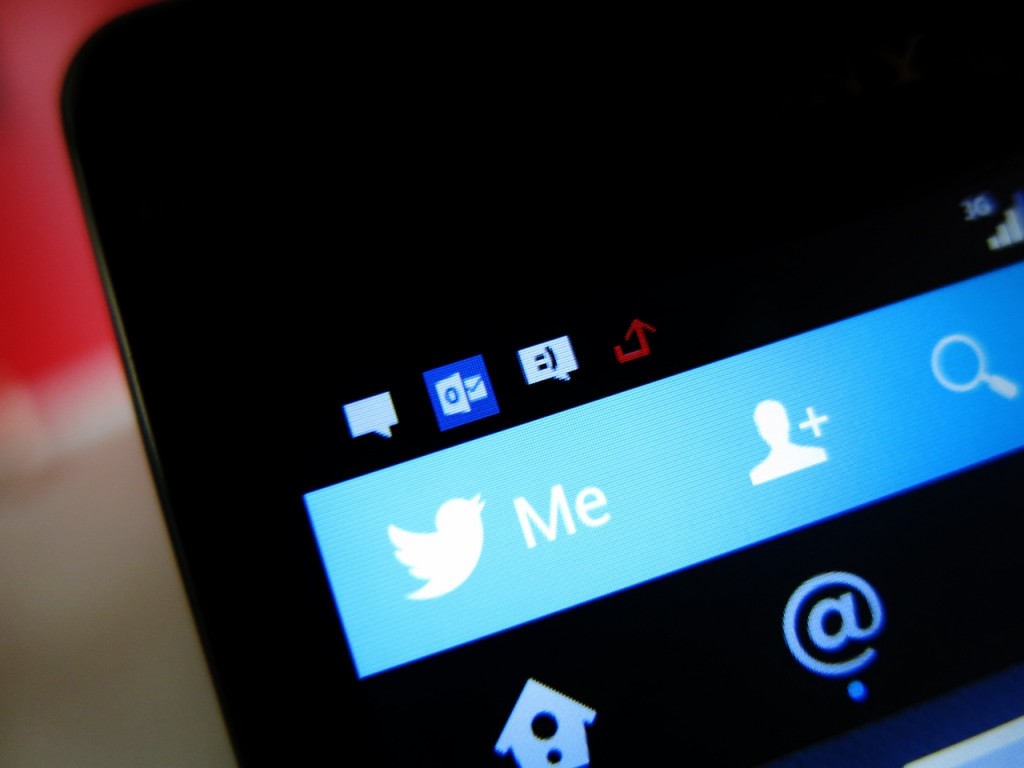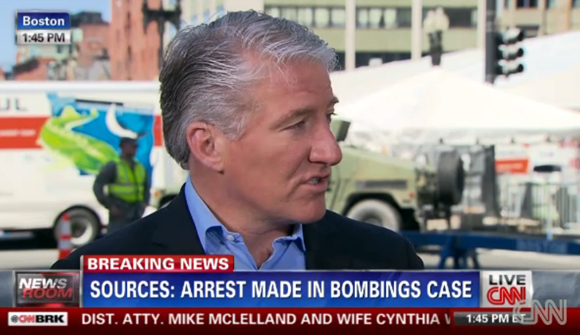Verifying facts in the digital age
 Thanks to new technologies, journalists have information coming at them from all directions. They just have to turn on their phones or computers to find potential stories in calls, texts, emails and updates from all sorts of social media. This is fantastic for journalists, of course. But it does have a downside – journalists, especially news reporters, need to think carefully about how to separate fact from rumour and when to run with a story. Journalist Martin Vogl spent several years working in Africa for international broadcasters and is also a DW Akademie trainer. He has the following advice.
Thanks to new technologies, journalists have information coming at them from all directions. They just have to turn on their phones or computers to find potential stories in calls, texts, emails and updates from all sorts of social media. This is fantastic for journalists, of course. But it does have a downside – journalists, especially news reporters, need to think carefully about how to separate fact from rumour and when to run with a story. Journalist Martin Vogl spent several years working in Africa for international broadcasters and is also a DW Akademie trainer. He has the following advice.
In this blog post, I’m going to talk about WHEN we can be happy that a story has been verified enough to publish it. It’s an issue which comes up often in DW Akademie trainings I’ve been part of. I think it’s a key skill for journalists to master.
If you are interested in HOW to verify, have a look at this page on verifying news tips from Twitter or this post with a list of useful sources. Also check out the amazing detective work of this journalist from Storyful – a social media fact-checking agency. And keep your eye out for this publication coming out early in 2014 looking at verifying user-generated content during emergencies.
How sure is “sure”?
When I was first learning about journalism, it seemed pretty simple to know when you could publish or broadcast a story – you could run it if you had two independent, trusted sources or one of your own correspondents as an eyewitness.
It soon became clear to me, however, that things in the real world are more complicated than that.
Below is a scenario we often give to participants in DW Akademie trainings to tease out some of the complexities of when to run a story.
You are working at a radio station in a small town when you start hearing reports about a toxic waste spill in the local river that people use as a source of drinking water. You get calls and texts and people are posting about it and even uploading photos on Facebook and Twitter. People say the spill is coming from a factory owned by a prominent local politician. It’s just a week until local elections. You have one minute until your main midday news broadcast and so you don’t have time to contact anyone to check out the story.
Not easy to work out what to do, huh?
Concerns about public health and safety might lead you to broadcast something even though you don’t have time to verify the facts for yourself. Perhaps you’d issue a warning not to drink the water but include phrases like, “This is still unconfirmed…” or “We are hearing rumours…”
You obviously wouldn’t mention the theory that the spill is coming from a certain factory or the fact that the factory is owned by the politician. But in a small town, people are likely to know this sort of information anyway and are likely to come to their own conclusions once they hear your news bulletin. Your broadcast would give credence to the rumours people are already hearing – whether you like it or not.
I don’t think there’s any one right answer here. Most journalists I’ve done this exercise with decide to broadcast something like, “We’re hearing about a problem with the river water, making it unsafe to drink. We are looking into the reports and we’ll update you as soon as we have more information.”
The thought of someone getting sick because they missed the news is the overwhelming consideration for most journalists. On the other hand, the consequences for the politician could be horrendous if the whole thing turns out to be a hoax. Even if you correct the story later, considerable damage to the politician’s reputation may have already been done.

Screenshot source – CNN
Even journalists working for large media organizations get this stuff wrong – sometimes in highly sensitive situations. A day after the Boston marathon bombings in April, CNN announced someone had been arrested (watch the announcement here and read about it here). An hour later, other news organizations like Fox and AP also ran with the story. But in fact, the information turned out to be false: no one had been arrested at all and CNN especially came in for heavy criticism.
Part of the problem is that news organizations feel pressured to put out the news as fast as they can. We often fear our competitors will get the story out before us and win over the audience.
The question you need to ask yourself is: do you want to be “first and pretty certain” or “later but sure”?
Personally, I prefer to wait.
“In this age of instant reporting and tweets and blogs, there’s a temptation to latch on to any bit of information, sometimes to jump to conclusions. But when a tragedy like this happens, with public safety at risk and the stakes so high, it’s important that we do this right. That’s why we have investigations. That’s why we relentlessly gather the facts.” US President Barack Obama speaking after the CNN debacle




Feedback